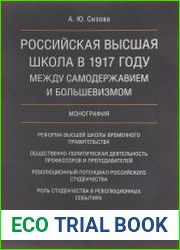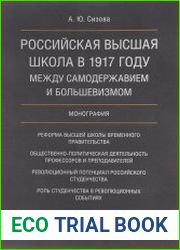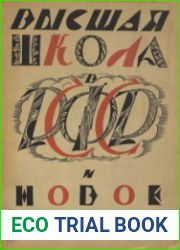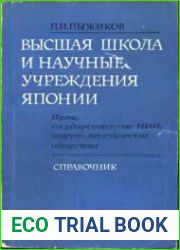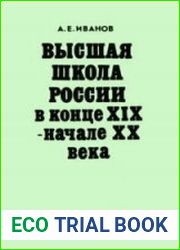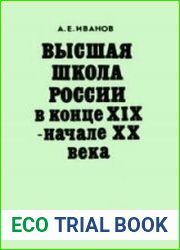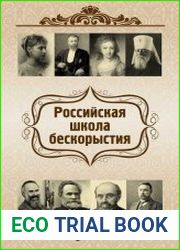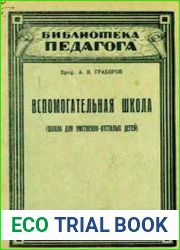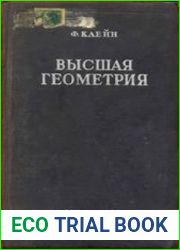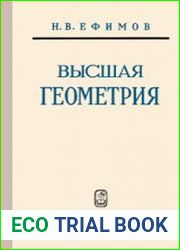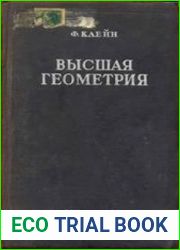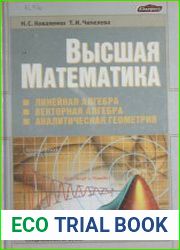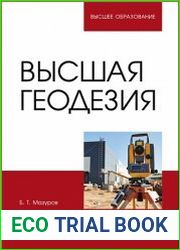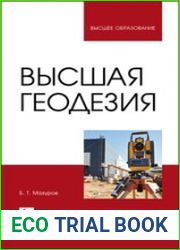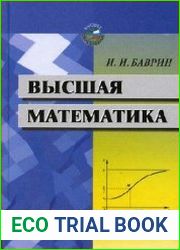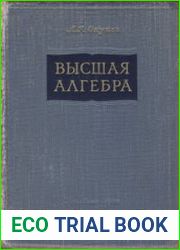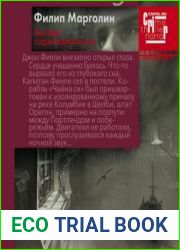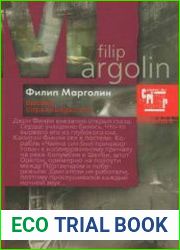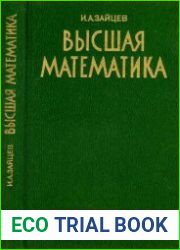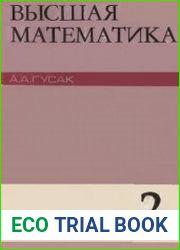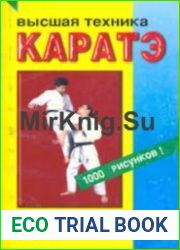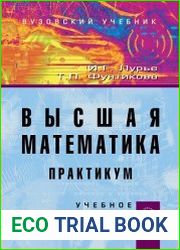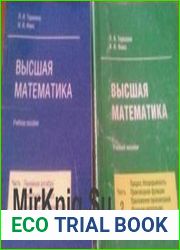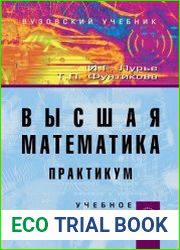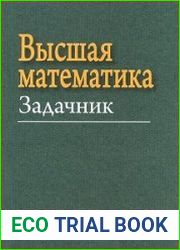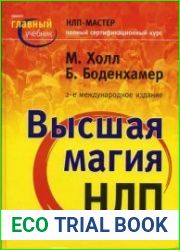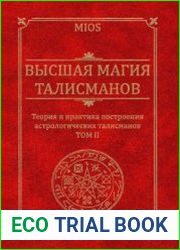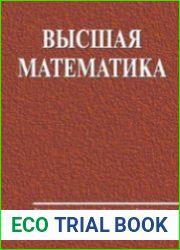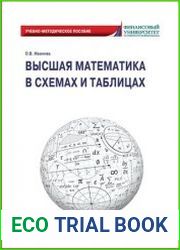
BOOKS - Российская высшая школа в 1917 году между самодержавием и большевизмом...

Российская высшая школа в 1917 году между самодержавием и большевизмом
Author: Сизова А. Ю.
Year: 2017
Format: PDF
File size: 15 мб
Language: RU

Year: 2017
Format: PDF
File size: 15 мб
Language: RU

The Russian Higher School in 1917: Between Autocracy and Bolshevism Introduction In 1917, Russia was undergoing a period of significant political and social change, marked by the collapse of the autocratic regime and the rise of the Bolshevik movement. This transformation had a profound impact on the country's education system, particularly in higher education. The Russian Higher School in 1917: Between Autocracy and Bolshevism examines the sociopolitical and institutional aspects of this evolution, focusing on the role of universities and their communities in shaping the future of the nation. Background Prior to 1917, Russia's higher education system was characterized by a centralized and authoritarian approach, with the government exerting significant control over academic institutions and curricula. However, with the outbreak of World War I and the subsequent revolutionary movements, the landscape began to shift. The Provisional Government, which took power after the abdication of Tsar Nicholas II, aimed to reform the education system to better serve the needs of society. This period saw a surge in student activism, as young people became increasingly involved in politics and sought to assert their influence on the direction of the country. The University Community The university community consisted of two main components: faculty and student corporations. Both groups were directly influenced by the same sociopolitical factors, but their responses differed.
Российская высшая школа в 1917 году: между самодержавием и большевизмом Введение В 1917 году Россия переживала период значительных политических и социальных изменений, отмеченный крахом самодержавного режима и подъемом большевистского движения. Эта трансформация оказала глубокое влияние на систему образования страны, особенно в сфере высшего образования. Русская высшая школа в 1917 году: между самодержавием и большевизмом рассматривает социально-политические и институциональные аспекты этой эволюции, уделяя особое внимание роли университетов и их сообществ в формировании будущего нации. История вопроса До 1917 года система высшего образования в России отличалась централизованным и авторитарным подходом, когда правительство осуществляло значительный контроль над академическими институтами и учебными программами. Однако с началом Первой мировой войны и последующими революционными движениями ландшафт стал смещаться. Временное правительство, взявшее власть после отречения царя Николая II, ставило своей целью реформирование системы образования для лучшего обслуживания нужд общества. В этот период произошел всплеск студенческой активности, поскольку молодые люди все больше вовлекались в политику и стремились утвердить свое влияние на направление страны. Университетское сообщество Университетское сообщество состояло из двух основных компонентов: преподавательской и студенческой корпораций. Обе группы находились под прямым влиянием одних и тех же социально-политических факторов, но их ответы различались.
École supérieure russe en 1917 : entre autocratie et bolchevisme Introduction En 1917, la Russie a connu une période de changements politiques et sociaux importants, marquée par l'effondrement du régime autocratique et la montée du mouvement bolchevique. Cette transformation a eu un impact profond sur le système éducatif du pays, en particulier dans l'enseignement supérieur. L'école supérieure russe en 1917 : entre l'autocratie et le bolchevisme, examine les aspects sociopolitiques et institutionnels de cette évolution, en accordant une attention particulière au rôle des universités et de leurs communautés dans la formation de l'avenir de la nation. L'histoire de la question Jusqu'en 1917, le système d'enseignement supérieur en Russie se distinguait par une approche centralisée et autoritaire, lorsque le gouvernement exerçait un contrôle considérable sur les institutions académiques et les programmes d'études. Cependant, avec le début de la Première Guerre mondiale et les mouvements révolutionnaires qui ont suivi, le paysage a commencé à se déplacer. gouvernement intérimaire, qui a pris le pouvoir après l'abdication du roi Nicolas II, avait pour objectif de réformer le système éducatif pour mieux répondre aux besoins de la société. Au cours de cette période, l'activité étudiante a augmenté, car les jeunes ont été de plus en plus impliqués dans la politique et ont cherché à affirmer leur influence sur la direction du pays. La communauté universitaire La communauté universitaire se compose de deux composantes principales : l'enseignement et les sociétés étudiantes. s deux groupes étaient directement influencés par les mêmes facteurs sociopolitiques, mais leurs réponses variaient.
Escuela Superior de Rusia en 1917: entre la autocracia y el bolchevismo Introducción En 1917, Rusia experimentó un período de cambios políticos y sociales significativos, marcado por el colapso del régimen autocrático y el auge del movimiento bolchevique. Esta transformación ha tenido un profundo impacto en el sistema educativo del país, especialmente en la educación superior. La Escuela Superior Rusa en 1917: entre la autocracia y el bolchevismo examina los aspectos sociopolíticos e institucionales de esta evolución, prestando especial atención al papel de las universidades y sus comunidades en la formación del futuro de la nación. Historia de la cuestión Hasta 1917, el sistema de educación superior en Rusia se distinguía por un enfoque centralizado y autoritario, cuando el gobierno ejercía un control considerable sobre las instituciones académicas y los programas de estudio. n embargo, con el estallido de la Primera Guerra Mundial y los posteriores movimientos revolucionarios, el paisaje comenzó a cambiar. gobierno provisional, que tomó el poder tras la abdicación del zar Nicolás II, tenía como objetivo reformar el sistema educativo para atender mejor las necesidades de la sociedad. Durante este período se produjo un aumento de la actividad estudiantil, ya que los jóvenes se involucraron cada vez más en la política y buscaron afirmar su influencia en el rumbo del país. Comunidad universitaria La comunidad universitaria constaba de dos componentes principales: las corporaciones docentes y estudiantiles. Ambos grupos fueron influenciados directamente por los mismos factores sociopolíticos, pero sus respuestas fueron diferentes.
Russische Hochschule 1917: Zwischen Autokratie und Bolschewismus Einleitung 1917 erlebte Russland eine Periode bedeutender politischer und sozialer Veränderungen, die durch den Zusammenbruch des autokratischen Regimes und den Aufstieg der bolschewistischen Bewegung gekennzeichnet war. Diese Transformation hatte tiefgreifende Auswirkungen auf das Bildungssystem des Landes, insbesondere im Bereich der Hochschulbildung. Die Russische Hochschule im Jahr 1917: Zwischen Autokratie und Bolschewismus untersucht die gesellschaftspolitischen und institutionellen Aspekte dieser Entwicklung und konzentriert sich auf die Rolle der Universitäten und ihrer Gemeinschaften bei der Gestaltung der Zukunft der Nation. Bis 1917 zeichnete sich das Hochschulsystem in Russland durch einen zentralisierten und autoritären Ansatz aus, als die Regierung eine bedeutende Kontrolle über akademische Institutionen und hrpläne ausübte. Mit dem Ausbruch des Ersten Weltkriegs und den folgenden revolutionären Bewegungen begann sich die Landschaft jedoch zu verschieben. Die provisorische Regierung, die nach der Abdankung von Zar Nikolaus II. Die Macht übernahm, zielte darauf ab, das Bildungssystem zu reformieren, um den Bedürfnissen der Gesellschaft besser gerecht zu werden. In dieser Zeit gab es einen Anstieg der Studentenaktivität, da sich junge Menschen zunehmend in die Politik einmischten und versuchten, ihren Einfluss auf die Richtung des Landes geltend zu machen. Universitätsgemeinschaft Die Universitätsgemeinschaft bestand aus zwei Hauptkomponenten: hr- und Studentenunternehmen. Beide Gruppen wurden direkt von den gleichen gesellschaftspolitischen Faktoren beeinflusst, aber ihre Antworten waren unterschiedlich.
''
1917'de Rus Yüksek Okulu: Otokrasi ve Bolşevizm Arasında Giriş 1917'de Rusya, otokratik rejimin çöküşü ve Bolşevik hareketinin yükselişiyle damgasını vuran önemli bir siyasi ve sosyal değişim dönemi yaşadı. Bu dönüşüm, ülkenin eğitim sistemi üzerinde, özellikle yüksek öğretimde derin bir etki yarattı. 1917'de Rus Yüksek Okulu: Otokrasi ve Bolşevizm arasında, bu evrimin sosyo-politik ve kurumsal yönlerini inceleyerek, üniversitelerin ve topluluklarının ulusun geleceğini şekillendirmedeki rolüne odaklanır. 1917 yılına kadar, Rusya'daki yüksek öğretim sistemi, hükümetin akademik kurumlar ve müfredat üzerinde önemli bir kontrol uyguladığı merkezi ve otoriter bir yaklaşımla ayırt edildi. Bununla birlikte, I. Dünya Savaşı'nın patlak vermesi ve ardından gelen devrimci hareketlerle birlikte, manzara değişmeye başladı. Çar II. Nikolay'ın tahttan çekilmesinden sonra iktidara gelen geçici hükümet, toplumun ihtiyaçlarına daha iyi hizmet etmek için eğitim sisteminde reform yapmayı amaçlıyordu. Bu dönem, gençlerin siyasete giderek daha fazla dahil olmaları ve ülkenin yönü üzerindeki etkilerini ortaya koymaya çalışmaları nedeniyle öğrenci aktivizminde bir artış gördü. Üniversite topluluğu iki ana bileşenden oluşuyordu: öğretim ve öğrenci şirketleri. Her iki grup da aynı sosyo-politik faktörlerden doğrudan etkilendi, ancak tepkileri farklıydı.
المدرسة الروسية العليا في عام 1917: بين مقدمة الاستبداد والبلشفية في عام 1917، شهدت روسيا فترة من التغيير السياسي والاجتماعي الكبير، تميزت بانهيار النظام الاستبدادي وصعود الحركة البلشفية. كان لهذا التحول تأثير عميق على نظام التعليم في البلاد، خاصة في التعليم العالي. المدرسة العليا الروسية في عام 1917: بين الاستبداد والبلشفية تدرس الجوانب الاجتماعية والسياسية والمؤسسية لهذا التطور، مع التركيز على دور الجامعات ومجتمعاتها في تشكيل مستقبل الأمة. تاريخ القضية حتى عام 1917، تميز نظام التعليم العالي في روسيا بنهج مركزي واستبدادي، عندما مارست الحكومة سيطرة كبيرة على المؤسسات والمناهج الأكاديمية. ومع ذلك، مع اندلاع الحرب العالمية الأولى والحركات الثورية اللاحقة، بدأ المشهد في التحول. كانت الحكومة المؤقتة، التي تولت السلطة بعد تنازل القيصر نيكولاس الثاني، تهدف إلى إصلاح نظام التعليم لخدمة احتياجات المجتمع بشكل أفضل. شهدت هذه الفترة زيادة في النشاط الطلابي حيث انخرط الشباب بشكل متزايد في السياسة وسعوا إلى تأكيد تأثيرهم على اتجاه البلاد. يتألف المجتمع الجامعي من عنصرين رئيسيين: التعليم والشركات الطلابية. تأثرت كلتا المجموعتين بشكل مباشر بنفس العوامل الاجتماعية والسياسية، لكن استجاباتهما اختلفت.







